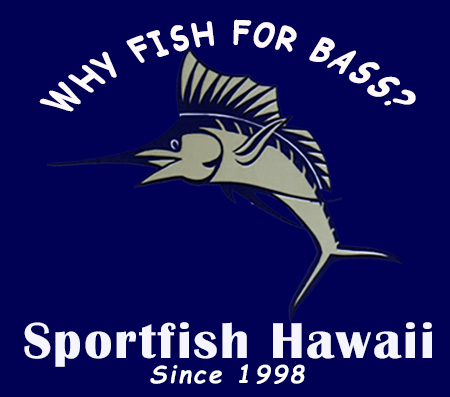Hawaiian Island FADs
The link below will take you to the Hawaii State FAD program. For those already familiar with FADS, simply click on the link to their website, then check the current status of each FAD by selecting an island and hovering your mouse pointer over the one you want to know about. It will tell you in the bottom left corner whether or not the FAD is on station or if it’s missing. They have been very good about keeping the information up to date, so we feel there is no point in re-inventing the wheel.
For those not familiar with the FADS, here’s the theory behind them: everyone who has spent any time on the ocean (or even a lake) has seen fish under a piece of wood, metal, etc. Pelagic fish are no different, and no matter where you are in the sea, it seems there are at least a couple fish hanging around floating objects. Figuring a floating object attached to the bottom might do the same thing, scientists from the National Marine Fisheries Service began a program in 1977 to attach floating objects to the bottom in places they thought fish might congregate. After a short time, it became clear the idea would work, and ever since, the FAD program (operated under various entities since) would continue to operate in the coastal waters around the Hawaiian Islands.
There’s nothing tricky about the FADS. They are simply painted steel yellow balls (about 6 feet in diameter) that are attached to a long anchor and set mostly along the 500 and 1000 fathom lines around the islands. They attract and hold some fish that come by, and for the first few boats to the FADS each morning there is usually some type of bounty waiting for them. On some days the fish keep biting in the area, while on others, it seems nobody can get anything to bite.
For a detailed discussion on the history of the FAD program and more scientific discussion on how they work, click on the link below and enjoy.

